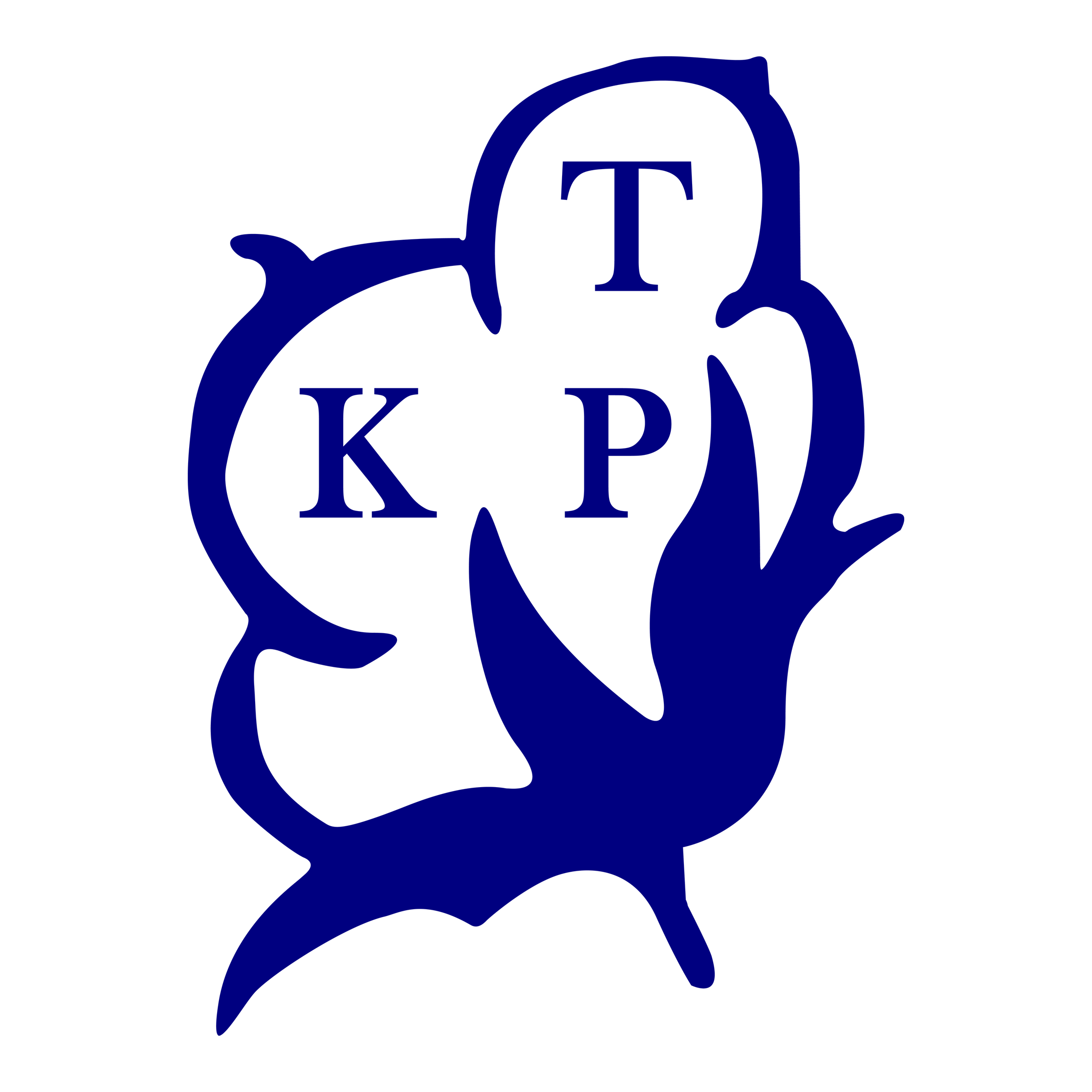Cutting Department
Take fabric from the fabric store
The cutting department gets a cut order from the production manager. According to the cutting plan, the cutting in-charge generates a fabric requirement sheet or requisition slip to the fabric store to issue fabrics.
Relaxation of fabrics
Knitted fabrics require relaxation before cutting. After receiving the fabric from the fabric store, the cutting department opens the fabric from the fabric roll and lays it on the table for relaxation for some hours before cutting. Factories also relax fabric in the fabric store overnight after opening the fabric rolls.
Cut order planning
The cutting master plans the number of markers they need to prepare, the size combination to be set for each marker and the number of plies to be laid in each marker.
Fabric Spreading / layering
In mass production, multiple layers of fabric are cut at the same time. So spreaders lay the fabric on a cutting table as per total marker length. The layer height is kept up to a certain inch.
Planning markers
The cutting master plans marker ways, marker lengths and the numbers of plies to be laid in each lay.
Making markers
This is a process of making an outline of garment patterns on the lay for cutting garment components. After layering, the marker paper is laid on the top of the layer. Those factories that don’t have CAD markers make markers manually using paper patterns.
Cutting fabrics
After making the marker, garment patterns are cut and taken out from the layer. Various technologies are used for cutting fabric layers, such as straight knife cutting, band knife machine cutting and a computer-controlled automatic cutting machine.
Sorting, bundling and numbering of garment plies (parts)
After cutting the fabric, layers are sorted size-wise and colour-wise. Each ply is numbered using stickers. Bundles are kept on inventory tables, before these are sent to undergo the next process.
Inspecting cut components
To maintain the cutting quality, standard cutting components are checked randomly by quality checkers. If defective components are found, they replace those defective parts. Details of cut part inspection are explained in Chapter 10.
Sorting printed and embroidery panels
As per order requirements, printing and embroidery is done on cut panels. Size-wise sorting is done after receiving printed and embroidered panels. The checking of printed and embroidered panels is also done by the cutting department
Re-cutting panels
Re-cutting is done for garment components that require to be replaced in bundles. Re-cutting requests are received from the sewing department for defective garment parts. Re-cutting is also done for block panels cut for the printing and embroidery processes. After receiving garment panels from the printer or embroiderer, these panels are reshaped.
Fusing garment components
Fusing in garment components is done to stiffen parts of a garment. If needed, fusing is done at the cutting section (e.g. fusing of the collar and cuff components of formal shirts
